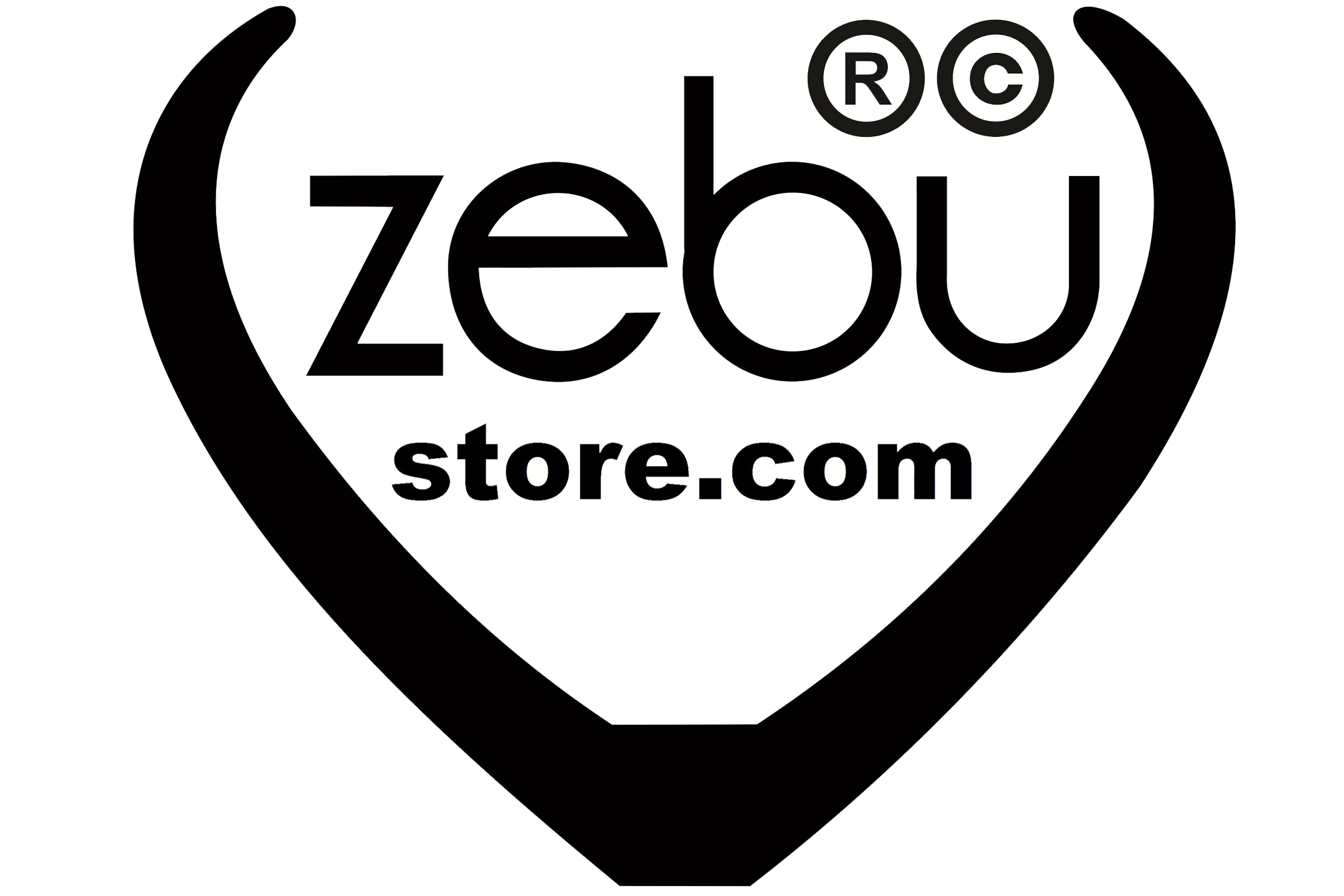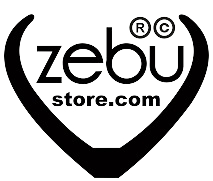Viscose Rayon Properties and Application of Viscose Rayon

What is Viscose Rayon?
Viscose rayon, commonly called just viscose, is a versatile and widely used textile material that has revolutionized the world of fashion and textiles since its creation in the early 20th century. Derived from cellulose, a natural polymer found in wood pulp or cotton linters, viscose rayon offers several desirable characteristics, making it a popular choice among designers and consumers. Viscose rayon has gained popularity due to its desirable characteristics, which include breathability, absorbency, and low static buildup. It also possesses excellent draping qualities similar to natural fibers like silk while being more affordable. Despite its positive attributes, it is worth noting that viscose rayon does have some drawbacks. For instance, it tends to shrink when subjected to heat or improper laundering techniques. Additionally, its production process involves several chemical treatments, which can have negative environmental impacts if not appropriately managed Nevertheless, with advancements in technology and growing concerns about sustainability in fashion industries worldwide, there has been a rise in eco-friendly alternatives such as lyocell (Tencel) , which utilize cellulose from sustainable sources and employ closed-loop manufacturing processes Viscose rayon remains a widely used textile material known for its versatility and affordability within the fashion industry. Its unique combination of comfort and aesthetic appeal continues to make it a popular choice among designers and consumers.
Physical Properties of Viscose Rayon:
1 .Strength: The tensile strength of viscose rayon is greater than that of wool, but is only about half as great as that of silk. Viscose rayon is also weaker than cotton and linen and its strength is reduced 40 to 70% when wet. The strength is controlled by stretching which causes a greater orientation of the molecules. Viscose is easily stretched when wet and swollen. If dried in a stretched condition, it will relax and shrink upon again becoming wet.
2 .Elasticity: Viscose rayon has greater elasticity than cotton or linen but less than wool or silk.
3 .Drapability: Viscose rayon possesses a marked quality of drapability because it is relatively a heavyweight fabric. The filament can be made as coarse as desired depending on the holes in the spinneret.
4 .Resilience: Viscose rayon lacks the resilience natural to wool and silk and creases readily. But it should be remembered that the resistance of a fabric to creasing depends on the kind of yarn, weave and finishing process.
5 .Heat Conductivity: Viscose rayon is good conductor of heat and is therefore appropriate for summer clothing. Spun rayon fabrics however are adaptable to winter apparel because they can be napped.
6 .Cleaning and Wash ability: Because of its smoothness viscose rayon fiber helps to produce hygienic fabric that shed dirt. Some viscose rayon fabrics wash easily and depending on the finish that may be given to them. They will not become yellow when washed or dry cleaned. Regular rayon fabrics have limited wash ability because of the low strength of the fiber when wet. When laundered, a mild soap or detergent and warm water should be used.
7 .Absorbency: Viscose rayon is a one of the most absorbent of all textiles. It is more absorbent than cotton or linen. The combination of high heat conductivity and high absorbency of rayon makes it very suitable for summer wear.
Chemical Properties of Viscose Rayon:
1 .Effect of Acid: Similar to cotton fiber. Viscose rayon is attacked by hot dilute or cold concentrated mineral acids (H2SO4,HCl) which weaken and disintegrate the fiber.
2 .Effect of Alkalis: Like cotton, Viscose rayon has a high degree of resistance to dilute alkalis. Strong solutions of alkali cause swelling with loss of tensile strength.
3 .Effect of Bleach: Viscose rayon is sensitive to oxidizing agents such as high-strength hydrogen peroxide. As a result the bleaching of regenerated cellulose fibers may not always necessary before dying.
4 .Action of Microorganisms: Microorganisms (moulds, mildew, fungus, bacteria) affect the color, strength, dyeing properties and luster of rayon. Clean and dry viscose rayon is rarely attacked by moulds and mildew.
5 .Effect of Iron: Viscose Rayon is attacked with iron in the form of ferrous hydroxide weakens the yarns. Therefore staining, marking or touching of rayon to iron or iron surface should be avoided.
6 .Action of Solvents: Textile solvents can be used on Viscose rayon without any deteriorating effect.
Thermal Properties of Viscose Rayon:
- Effect of Temperature: Rayon is not thermoplastic, and does not melt on heating. It begins to lose strength at 150oC. After prolonged heating, it begins to decompose at 185-205oC.
- Flammability: Rayon burns readily with a characteristic odor of burnt paper.
- Effect of Sunlight: Oxide Viscose rayon withstands exposure to sunlight without discoloration; prolonged exposure causes a gradual loss of tensile strength. This more sever if the fiber contains titanium.
Advantages of viscose rayon:
- Inexpensive
- known for its silk-like feel
- breathable, similar to cotton in this regard
- ideal for those seeking a luxurious look and feel at a more economical price point
- blends well with other fibers, particularly woven ones
- dyes easily and produces beautiful, vivid colors
Uses of Viscose Rayon:
Viscose rayon is used in different applications:
Yarns:
Embroidery thread, chenille, cord, novelty yarns.
Fabrics:
Crepe, gabardine, suiting, lace, outerwear fabrics and lining for fur coats & outerwear.
Apparel:
Blouses, dresses, saree, jackets, lingerie, linings, milinerey (hats), slacks, sport shirts, sportswear, suits, ties, work clothes.
Domestic textiles:
Bedspreads, blankets, curtains, draperies, sheets, slip covers, tablecloths, upholstery.
Industrial textiles:
High tenacity rayon is used as reinforcement to mechanical rubber goods (tires, conveyor belts, hoses), applications within the aerospace, agricultural and textile industries, braided cord, tape. Nonwoven viscose rayon also used to make disposable products.
Conclusion:
Viscose is a multi-faceted fabric with many advantages. However, its production process may lead to a negative environmental impact. To address this concern, many manufacturers are gradually shifting to eco-friendly, closed-loop lyocell manufacturing processes.













